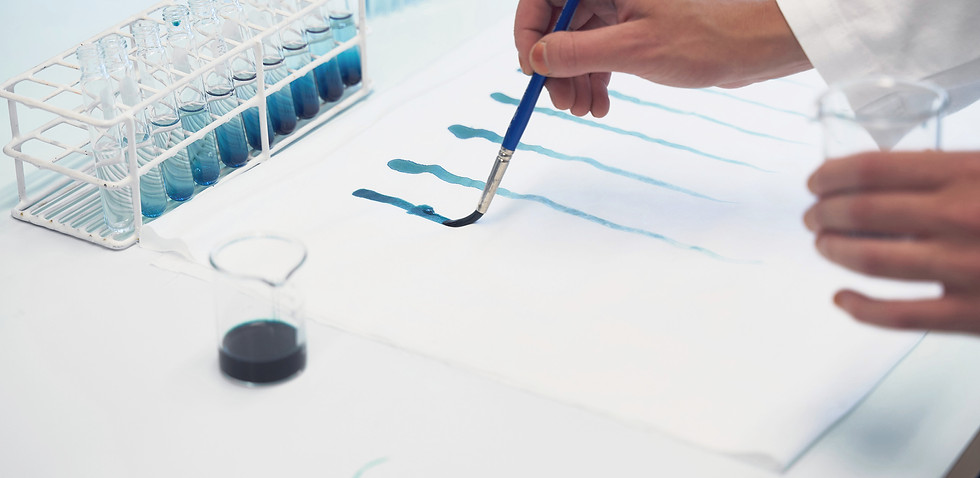Creating a colour revolution –
born in water
30.07.2025

At MOUNID we envision a colourful planet – but never at the expense of nature
Colour is more than a visual experience – it is a way to communicate, bringing vitality, diversity and inclusiveness to our lives. Through textile design, colour evokes emotion and expression, carrying the stories we build around ourselves.
Yet today, the way we dye textiles comes with hidden costs for nature, as the dyeing process is one of the most polluting and energy-intensive stages in the fashion and textile supply chain. At MOUNID, we envision a colourful planet, never at the expense of nature.
Dyeing a pair of jeans can cost about 1 euro – less than a cup of coffee.
But what about the real price?
The real price is paid by the environment and humans across the supply chain,
-
Water consumption: The industry uses 93 trillion litres of water each year during the dyeing process.
-
Air pollution: Textile production is responsible for 4-8% of global CO2 emissions, with dyeing contributing 3.2 billion tons of CO2 annually.
-
Chemical waste: Textile dyeing accounts for 20% of global industrial water pollution, releasing up to 200,000 tons of fossil-based dyes into waterways every year, often with toxic chemical mixtures that evade wastewater treatment systems and persist in the environment, harming ecosystems, biodiversity, and raising health concerns for humans.
This is the reality MOUNID aims to change.
Our vision is a healthy, colourful planet
At MOUNID, we are driving a shift toward non-toxic, bio-based dyes for designers and brands to develop products in balance with nature. We create dyes from pigments born in water, developed for scale, safe for people and the planet.
Proudly presenting our first dye
Meet OCEANid dusty blue, a non-toxic, algae-based dye made to scale and enable for circular textile design. Thanks to the technical developments carried out by MOUNID experts using algae pigments for textiles with our unique dye formulation, we will pioneer algae dyes for denim. We have already demonstrated the feasibility of our process and the potential for industrial application, having dyed a pilot of 50 meters with this blue dye at The Swedish School of Textiles.

50 meters of fabric dyed at the Swedish School of Textiles (Science Park Borås)
Blue is the most widely used colour in the textile industry, especially in denim.
Yet blue is one of the hardest colour to find in nature. By unlocking blue from microalgae, a renewable and regenerative resource, OCEANid will offer a safe alternative to synthetic, fossil-based indigo and the toxic auxiliaries and dye chemicals traditionally used.
The market is ready
There is a clear market opportunity. Consumers and global brands are urgently seeking more environmentally friendly, scalable alternatives to conventional toxic dyeing. We will meet the demand with deep science-backed innovation and strong commitment to a bio-based, circular future.
Our approach not only eliminates fossil-based dyes, we build a system around algae pigment that also removes the hazardous auxiliary chemicals traditionally required in the dyeing process. This creates a more responsible production cycle, developed for industrial adoption.
Algae, especially microalgae, hold promise for the future of natural dye production.
They grow rapidly, require minimal resources, and can be cultivated in closed systems, creating a regenerative cycle that supports both nature and industry.
We’re proud to have our development partners by our side on this journey including:
Chalmers Industriteknik, RISE Research Institutes of Sweden, and Science Park Borås / Textilhögskolan - Högskolan i Borås (The Swedish School of Textiles), along with pioneering brands like Houdini Sportswear and Nudie Jeans and expert guidance in sustainable textiles, Shahriare Mahmood, PhD.
Creating a colour revolution with pigments born in water
– for a healthy, colourful planet
